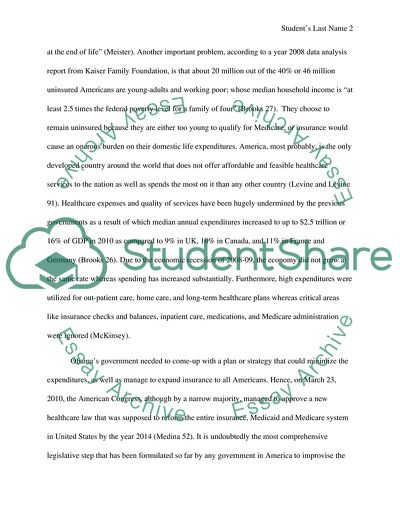Cite this document
(The Affordable Care Act: Is it feasible or not Essay, n.d.)
The Affordable Care Act: Is it feasible or not Essay. https://studentshare.org/health-sciences-medicine/1793237-affordable-health-care-act-obama-care
The Affordable Care Act: Is it feasible or not Essay. https://studentshare.org/health-sciences-medicine/1793237-affordable-health-care-act-obama-care
(The Affordable Care Act: Is It Feasible or Not Essay)
The Affordable Care Act: Is It Feasible or Not Essay. https://studentshare.org/health-sciences-medicine/1793237-affordable-health-care-act-obama-care.
The Affordable Care Act: Is It Feasible or Not Essay. https://studentshare.org/health-sciences-medicine/1793237-affordable-health-care-act-obama-care.
“The Affordable Care Act: Is It Feasible or Not Essay”. https://studentshare.org/health-sciences-medicine/1793237-affordable-health-care-act-obama-care.


